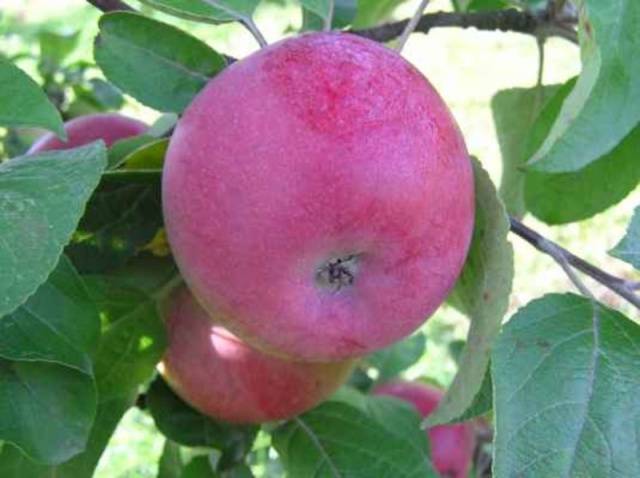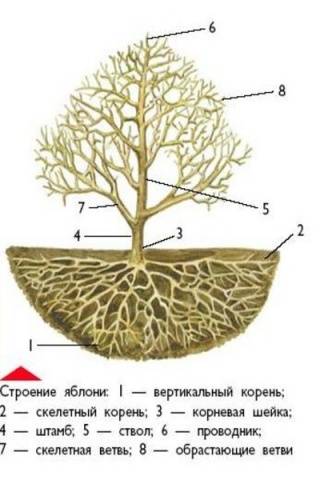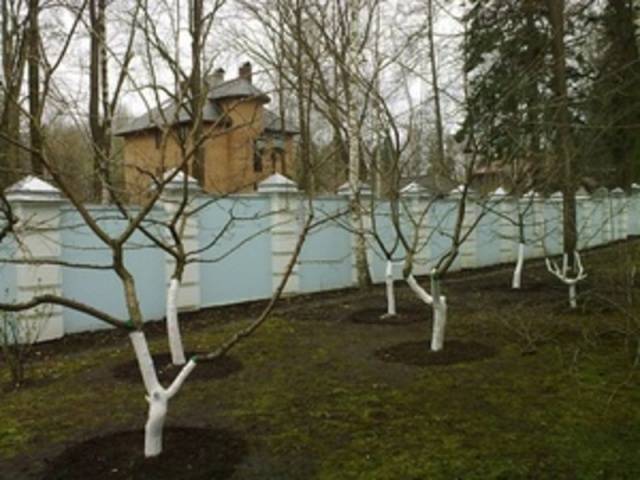Content
The apple tree is one of the most popular fruit trees in summer cottages. In order for each season to please with a large harvest, you need to find out the features of the selected varieties: the nuances of planting, the subtleties of growing.
The Cortland apple tree belongs to the winter varieties. Most suitable for growing in the Volgograd, Kursk regions, areas of the Lower Volga region and others.
Features of the variety
The Cortland apple tree is characterized by a high trunk and a dense, rounded crown. If the branches are not specially cut, then the tree can grow up to six meters in height. The trunk is smooth and the bark is brownish brown.
Apples of deep red color ripen weighing 90-125 grams, have a rounded shape and average size. The pulp has a pleasant aroma and sweet-sour taste. A distinctive feature of the variety is a wax coating of a blurry grayish hue (as in the photo).
Advantages of Cortland:
- long preservation of fruits;
- great fruit taste;
- frost resistance.
The main disadvantage of the Cortland apple tree is its sensitivity to fungal diseases, especially to scab and powdery mildew.
Features of growing varieties
Tallness and longevity (up to 70 years) are amazing unusual features of the Cortland variety. If you do not control the growth of branches, then the crown can grow up to six meters. Apple trees have a highly developed root system that grows deep into the soil.
Planting and feeding trees
The Cortland apple variety prefers fertile, loose soil. It is recommended to purchase one- and two-year-old seedlings for planting.
Planting can be done twice a year:
- in early spring, until the buds of the apple trees swell;
- in the autumn, about a month before the expected frost.
To plant a Kortland seedling, they dig a hole about 70-80 cm deep and 85-95 cm in diameter. If the soil is poor on the site, then a nutritious soil mixture is preliminarily prepared. To do this, peat, 300 g of wood ash, sand, 250 g of superphosphate are added to the excavated earth. This soil is filled with a third of the hole.
Then the seedling is carefully lowered into the hole, the roots of the tree are straightened and buried. Next to the apple tree, they must dig in a support to which the Cortland seedling is tied.
This is done so that the tree confidently takes root and does not break under sharp gusts of wind. The apple tree is watered and the area around the trunk is mulched.
In the future, for the full growth of the apple tree, fertilizing is imperative. From organic fertilizers, you can use a solution of chicken manure / peat, in the ratio of 30 g of material to 10 liters of water.
As soon as the flowering period begins, it is advisable to fertilize the soil with a settled urea solution. To do this, 10 g of fertilizer are diluted in 10 liters of water and insisted for five days. Moreover, it is recommended to feed young trees three times a season with a two-week interval.
Apple tree pruning
In order to grow a fertile tree with stable immunity, it is recommended to carry out formative pruning of the seedlings (until the apple tree reaches the age of five). In order for pruning not to harm and to be done correctly, several requirements must be met.
- Spring pruning forms a central conductor in one-year / two-year-old seedlings, which should be 21-25 cm higher than the rest of the branches.
- Pruning is recommended during a period when the air temperature does not drop below 10˚С.
- For two-year-old seedlings, the length of the lower branches cannot be more than 30 cm.
In old apple trees, unnecessary, old and disease-damaged branches are removed during sanitary pruning. When pruning for the purpose of rejuvenation, skeletal / semi-skeletal branches are shortened.
Tree diseases
The Cortland variety is not highly resistant to scab, therefore, to prevent infection with fungal diseases, it is recommended to carry out regular preventive measures:
- fertilizing a tree with potassium-phosphorus mixtures;
- compulsory autumn cleaning of garbage (fallen leaves, branches);
- spring whitewashing of the trunk and skeletal branches;
- spraying apple trees with copper sulfate in the fall and Bordeaux liquid in the spring.
About the Kortland variety, it would be appropriate to say that with proper care, the apple tree will delight you with a delicious harvest for more than a dozen years.












